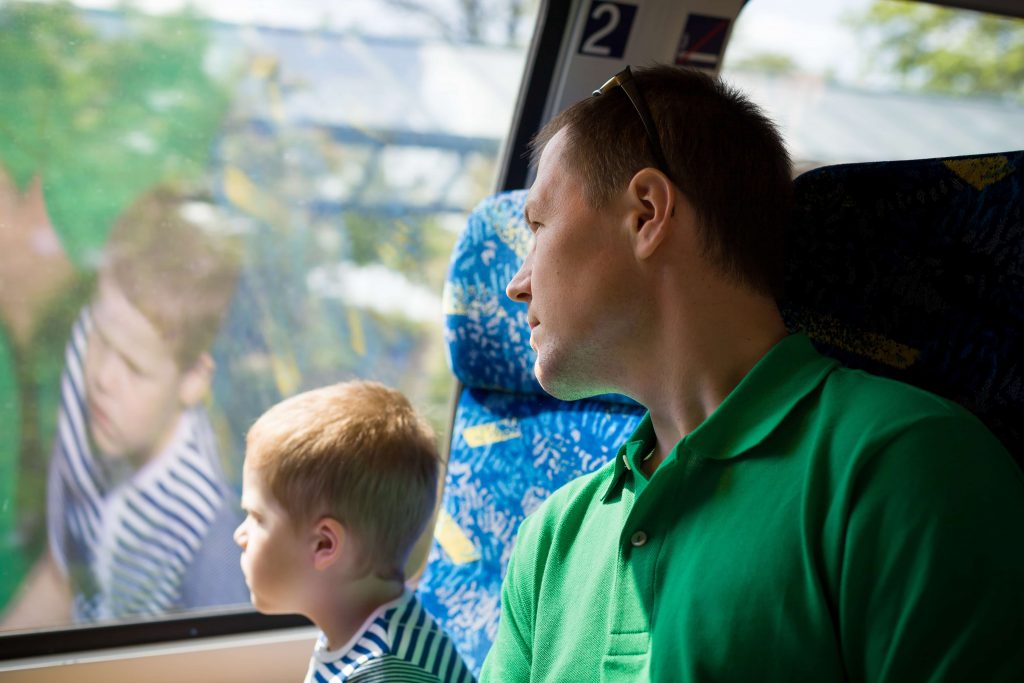Letting the train take the strain
Passenger comfort – and more specifically, the lack of it – is frequently raised in rail passenger surveys as the main reason people prefer to travel by road and air. Can it be that hard to get right?
As we all know, every type of travel can be stressful at times. By placing greater emphasis on improving the quality of passenger experience in rail travel, operators and owners have great opportunities to retain existing passengers and attract new ones.
Heart of the matter
When it comes to high-speed rail travel there is a balance to be found between higher ticket prices and an enhanced service with comfort at its heart.
In a passenger survey called On Board completed a couple of years ago by the UK passenger watchdog Transport Focus, ideas for the future of high-speed rail travel included having fully customisable and adjustable seats, being able to order food and drink from the seat, on-board entertainment, faster broadband, loyalty schemes, improved onward connections and airline-style luggage check in.
Satisfying the five senses
We know that high levels of passenger comfort help reduce stress and improve the overall travel experience. The benefits for operators and their staff are numerous – increased revenues through customer loyalty, happier customers, fewer complaints, and enhanced reputation. Research conducted by AECOM’s Social and Market Research team for Transport Focus and other clients in the rail sector have consistently shown that passengers question why apparently simple and basic needs can’t be met.
Some steps to getting it right –
Sight – From the very start of planning a journey, there are gains to be made in having intuitive online booking systems, clear graphics and attractive brand colours that help in the whole experience including navigating stations, finding the way to your train and seat, and then completing your onward journey. Well-designed carriages that look good and work well are a must and this includes numerous aspects from being able to enjoy great views from the windows to having adjustable lighting for reading. Legibility of on-board displays is important for all passengers, and especially those with vision impairments.
Sound – Good acoustics are crucial to reducing stress levels, a factor that is particularly relevant to high speed trains where the high velocity can raise background noise and vibration in the carriages. Designs need to address external and internal noise levels, particularly important is any effort spent on dampening the noise of conversations between passengers, and most especially those using mobile phones. Announcements, whether they are on the concourse or inside the train, are a regular topic in surveys – not just the quality of the tannoy, but also whether we really need to hear the full food and beverage offer after every station stop. Many passengers value the inclusion of a quiet coach and operators need to consider effective enforcement measures when provided, such as signage that is clearly visible to all passengers.
Smell – Air quality has a significant impact on how travellers feel when they arrive at their destinations, think of the enervating effects of long plane journeys. Stale air is always unwelcome, and cooked food smells are equally unpleasant. Worst of all is any indication that you are in close proximity to the toilets, a particular concern to wheelchair users since spaces reserved for them tends to be close to accessible toilets.
Touch – One of the golden rules of successful interior design is to ‘spend where you touch’, so, for example, specification of well-designed door handles and good quality seating fabric is very far from being an unnecessary luxury. Tactile surfaces and flooring are also likely to enhance the journey experience for passengers with vision impairments. A top priority for many passengers is carriage temperature and the desire for more responsive air conditioning.
Taste – Food and beverage options can play an important role in passenger satisfaction. Travellers don’t necessarily want fine dining, although they can be part of the mix on long-distance routes. Mostly people want good quality and simple food whether they are travelling as families or for business. One of the greatest keys to success is making sure that tea and coffee are of the best possible quality. Passengers understand the catering on trains is likely to be restricted so it is essential to ensure a good variety of outlets are available at main stations.
Fast forward
 With all the senses satisfied, one further consideration is increasingly on the passenger agenda – how they can make the best use of the time on board. In an ever more connected and digital world, it seems that free and fast wifi and enough charging USB points for everyone on board is top of the list for passengers.
With all the senses satisfied, one further consideration is increasingly on the passenger agenda – how they can make the best use of the time on board. In an ever more connected and digital world, it seems that free and fast wifi and enough charging USB points for everyone on board is top of the list for passengers.






